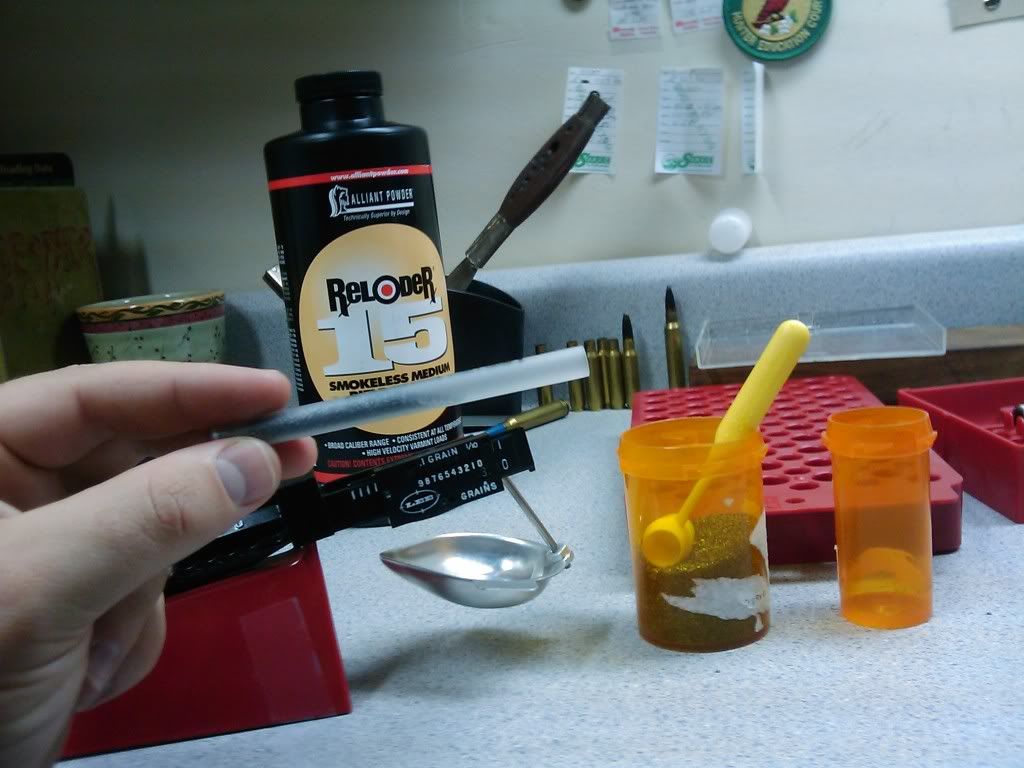Hello all, I was reading up on some new ideas for loading my 7mm RM and am really intrigued by the lower pressure, high velocity Retumbo/180 class bullet combo, but it seems like many people go to H1000 to avoid shooting a "compressed" load.
I will be shooting out of a 28" barrel, so the speed should be where I want it with either combo. Is there a downside to shooting a compressed load?
Another consideration is that these will be fed from AICS 300WM magazines. Will I be able to seat the 180's deep enough with the heavy powder charge to still fit and feed properly?
As always, thanks for the input!
-Red
I will be shooting out of a 28" barrel, so the speed should be where I want it with either combo. Is there a downside to shooting a compressed load?
Another consideration is that these will be fed from AICS 300WM magazines. Will I be able to seat the 180's deep enough with the heavy powder charge to still fit and feed properly?
As always, thanks for the input!
-Red



